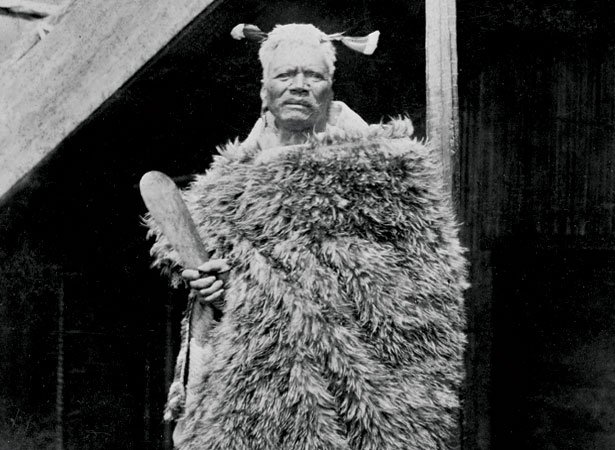
In February 1887 newspapers reported Ngāti Tūwharetoa’s proposal to ‘gift’ the Crown the mountaintops of Tongariro, Ngāuruhoe and Ruapehu as the basis for a national park. What the iwi actually intended was that they and the New Zealand government would take joint responsibility for protecting the sacred maunga.
The initiative reflected Ngāti Tūwharetoa’s ongoing concern for its sacred mountains. During the 1880s various claimants were seeking land around Lake Taupō. Because Tūwharetoa chief Horonuku had joined both Waikato iwi and Te Kooti in fighting against the Crown, some claimants believed the Crown would treat the Taupō blocks as rebel land. Horonuku could see that he might lose the land. On the advice of his son-in-law, the politician Lawrence Marshall Grace, on 23 September 1887 he signed a deed with the government that ensured the mountaintops could never be sold.
These 6518 acres (2638 ha) became the nucleus of the proposed Tongariro National Park – New Zealand’s first, and the fourth in the world. Over the next 20 years, the government sought further land with which to establish the park. Official confirmation appeared in the New Zealand Gazette in 1907, when sufficient land was in Crown title.
Read more on NZHistory
Scenery preservation in New Zealand – Scenery preservation 1903-1953John Ballance
External links
How to cite this page
'Tongariro mountains protected', URL: https://nzhistory.govt.nz/tongariro-mountains-gifted-to-crown, (Ministry for Culture and Heritage), updated 4-Sep-2020
